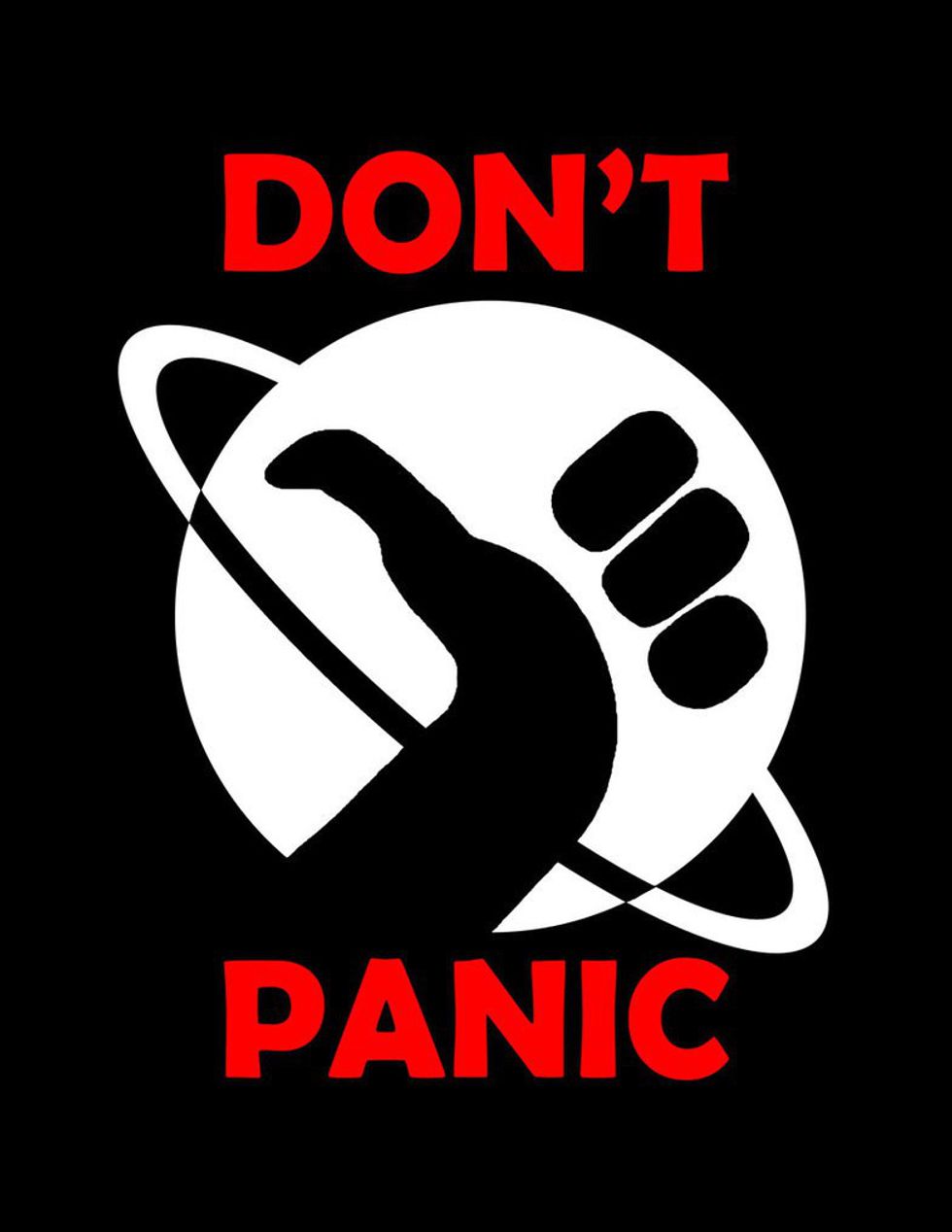Stroke is still the third most significant cause of mortality in affluent countries such as the United States. In reality, more than 700,000 people have a stroke each year, leaving many disabled and unable to resume a regular life. Every second matters when a stroke happens. The sooner a stroke sufferer is treated with medicine that dissolves blood clots and restores blood flow to the brain; the less likely the patient may suffer irreversible impairment such as loss of muscular control, movement, or speech.
Tele Stroke
Telemedicine, or more specifically, a tele stroke system, is a vital tool for bringing stroke victims faster treatment and therefore reducing the devastating effects of the attack. Most people see telehealth for stroke as remote video conferencing with a healthcare practitioner, but it may not look like that. tele stroke is a term used to describe telehealth for stroke in acute hospital settings. Telehealth for stroke refers to physician-to-physician interactions rather than patient-to-physician interactions. As a result, you can get access to the best online doctor from anywhere anytime to reduce effects of stroke.
Some hospital emergency departments employ tele stroke. This is significant since certified stroke centers are not fairly distributed, with hospitals in rural areas and low-income service areas less likely to be stroke certified.
Transport to a more specialized hospital is avoided by consulting with a stroke specialist during urgent care, keeping patients closer to home, and conserving valuable treatment time soon after a stroke. Compared to stroke patients in hospitals that do not employ tele stroke, stroke patients who receive tele stroke care in the emergency department had more excellent rates of reperfusion therapy and a lower fatality rate. This disparity is especially noticeable in patients aged 85 and up, in smaller facilities, and rural areas. In addition, you can easily book a tele appointment with a doctor to avoid long distances in an emergency situation.tele appointment with a doctor
Stroke Rehabilitation with Multidisciplinary Care
Rehabilitation after a stroke necessitates multidisciplinary treatment from physiatrists, physical therapists, speech therapists, and occupational therapists, among others. Unfortunately, not all stroke survivors have access to such thorough treatment. Furthermore, travel constraints sometimes obstruct an individual's capacity to participate in post-stroke therapy. As a result, stroke recovery is jeopardized.
Telerehabilitation helps stroke survivors in resource-constrained situations, such as rural areas or underdeveloped nations. Tele-rehabilitation positively impacts motor deficit recovery, higher cortical dysfunction, caregiver burden, and post-stroke depression. So it's the right time to get a tele appointment with a doctor to have an early post-stroke rehabilitation.
Benefits of tele stroke
- Immediate access to the best online doctor during a critical and limited time frame for stroke patients
- Reduced diagnostic time for prompt treatment
- Greater capacity for treated patients
- Better patient retention
- Improved rate of anticoagulant drug administration
- More lives saved
Benefits of post-stroke telerehabilitation
- quick access to stroke best online doctor without leaving the comfort of one's own home
- Real-time health monitoring
- The ability to share information with healthcare professionals
- Provide immediate feedback on exercise technique
Before the pandemic, telerehabilitation post-stroke was used for people who could not quickly go to appointments. Now, stroke survivors with COVID19 who are asymptomatic or have mild symptoms of self-quarantine can see providers without interruption of treatment.
If this year has taught us one thing, tele stroke and rehabilitation appointments are here to stay. So, take an early tele appointment with a doctor, to get treatment without any discomfort.
MYLIVEDOCTORS provide immediate, 24/7 access to heart specialists with expertise in stroke care who can support assessing and treating patients experiencing an acute stroke























